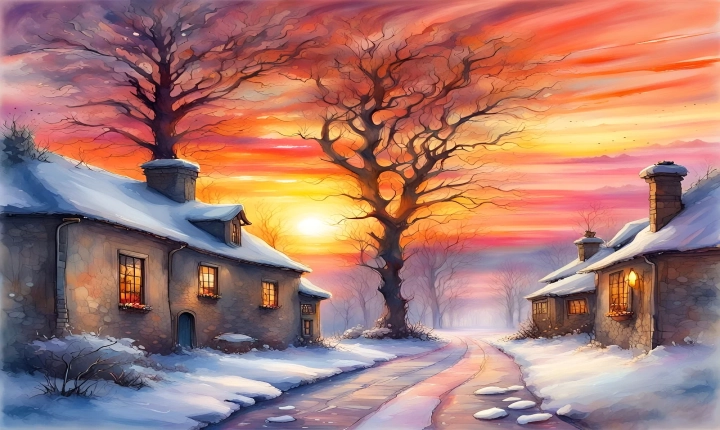Artificial intelligence (AI) has revolutionized countless industries, from healthcare to transportation, but its impact on the art world is equally substantial. The ability of AI to generate art has sparked both excitement and debate among artists, critics, and technology enthusiasts. How exactly does AI generate art, and what are the implications of this for the future of creativity and expression?
One of the most intriguing aspects of AI-generated art is its ability to produce works that are both innovative and unexpected. Traditional art has been shaped by the vision and skill of human creators, but AI offers the potential to explore new creative possibilities that may not have been conceivable before. By analyzing vast amounts of data and identifying patterns and trends, AI can generate art that challenges traditional conceptions of aesthetic value and artistic expression.
There are several techniques through which AI can generate art. One common method is through the use of generative adversarial networks (GANs), which consist of two neural networks that work in tandem. One network generates art and the other evaluates its validity, leading to a continual feedback loop that refines the creative output. This process can result in the generation of visually striking and thought-provoking artworks that push the boundaries of what is conventionally considered art.
Another approach is through the use of deep learning algorithms, which are trained on large datasets of existing art in order to learn the styles and techniques of different artists. These algorithms can then generate new art that emulates the characteristics of specific artistic movements or individual artists. This ability to mimic the styles of renowned artists raises questions about the nature of creativity and authorship, as AI-produced works may blur the line between originality and imitation.
While the potential of AI-generated art is undeniably exciting, it also raises complex ethical and philosophical questions. Some critics argue that AI-produced art lacks the emotional depth and human connection that is inherent in works created by human artists. They question whether AI can truly capture the essence of human experience and convey the same depth of meaning and emotion that has been a hallmark of art throughout history.
In addition, the rise of AI-generated art has sparked concerns about the displacement of human artists and the devaluation of their creative contributions. As AI becomes increasingly sophisticated in its ability to produce art, there may be a risk of undermining the value of human artistic labor and craftsmanship. This could have profound implications for the livelihoods of artists and the broader cultural landscape, raising questions about the role of AI in relation to human creativity.
Despite these challenges, there is also reason for optimism regarding the potential of AI-generated art. AI can serve as a powerful tool for artists, providing them with new means of experimentation and inspiration. Artists can use AI as a creative collaborator, leveraging its capabilities to expand their artistic horizons and explore novel approaches to their practice. This symbiotic relationship between AI and human creativity has the potential to fuel a new era of artistic innovation and ingenuity.
In conclusion, the emergence of AI-generated art represents a significant development in the intersection of technology and creativity. While it raises significant questions about the nature of art and the role of human artists, it also offers the promise of new artistic frontiers and creative possibilities. As AI continues to evolve, its impact on the art world is likely to be profound, reshaping the ways in which art is conceived, interpreted, and appreciated. The future of AI-generated art holds both challenges and opportunities, and it will be fascinating to see how this innovative form of artistic expression continues to evolve and shape our cultural landscape.
